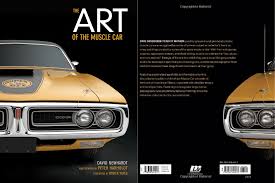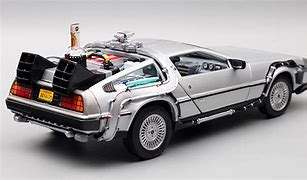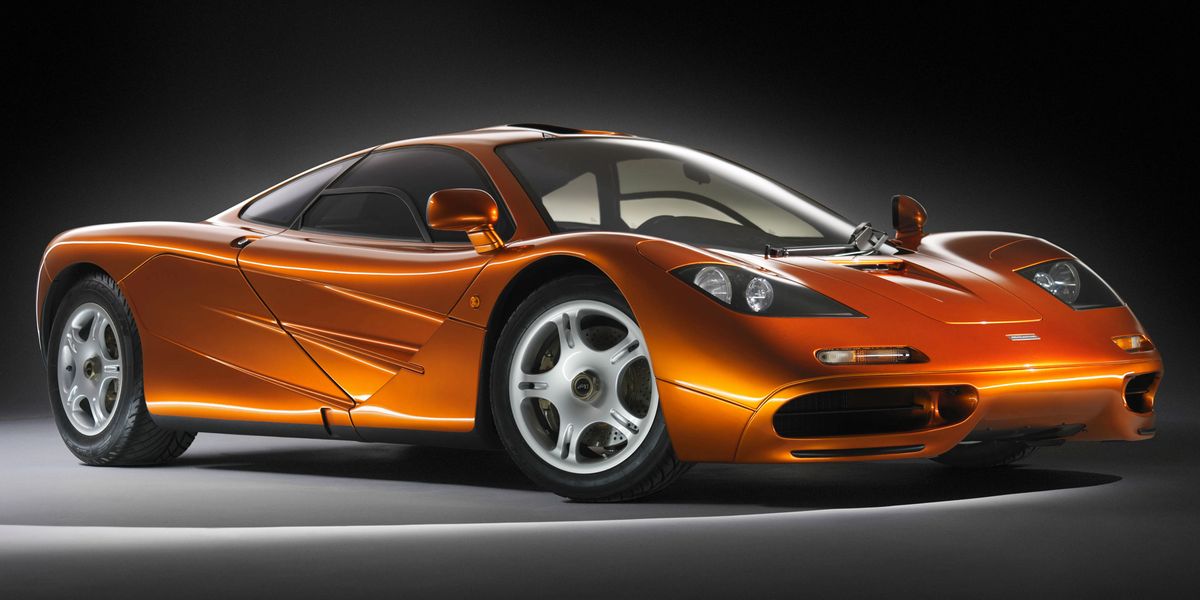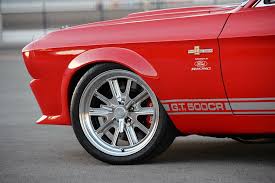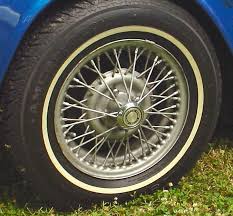A brief history of
Austin
Introduction
The car manufacturer Austin has made an important impact on the automotive world. In this article we will give a brief but detailed history of the Austin marque.
We will look at the origins of Austin looking at who, why, where and when Austin was founded. We'll look at the design of the iconic Austin logo and what are some the more significant Austin models.
We'll take a glance at what racing history the Austin has and who some of the most important people have been in the history of Austin over the years.
Who, where, when and why was
Austin founded?
Austin, the iconic British car manufacturer, was founded in 1905 by Herbert Austin. The company has a rich history that spans over a century and has left a lasting impact on the automotive industry. Austin's journey began in Longbridge, Birmingham, England, where the company established its headquarters and main manufacturing facility.
Herbert Austin, a skilled engineer and entrepreneur, founded the company with the vision of producing affordable and reliable vehicles for the masses. His goal was to create automobiles that would revolutionize transportation and make car ownership accessible to a wider population. Austin believed in the power of innovation and embraced new technologies to design and build automobiles that were both practical and efficient.
The early years of Austin were marked by the production of small, affordable cars that gained popularity among the working class. Models like the Austin 7, introduced in 1922, became a significant success for the company. The Austin 7 was a compact and economical vehicle that offered reliable transportation at an affordable price, making it accessible to a broader audience.
Throughout its history, Austin continued to innovate and expand its lineup. The company introduced various models, ranging from small city cars to larger family sedans and even sports cars. One of the most notable models from Austin is the Austin-Healey, a collaboration with the Donald Healey Motor Company, which produced iconic sports cars like the Austin-Healey Sprite and Austin-Healey 3000.
The success of Austin can be attributed to its commitment to innovation, quality, and affordability. The company played a significant role in the growth of the British automotive industry and became a symbol of British engineering excellence. Austin's vehicles were known for their durability, performance, and distinctive design.
Over the years, Austin faced various challenges and underwent several changes in ownership and mergers. The company eventually became part of British Leyland in 1968, which later evolved into the Rover Group. Despite the changes in ownership, Austin's legacy and contribution to the automotive world remain prominent.
Austin's impact on the automotive industry extends beyond its vehicles. The company played a vital role in shaping the manufacturing processes and techniques used in the production of automobiles. Austin's innovative approach to mass production influenced the industry and set a standard for efficient manufacturing.
In conclusion, Austin's story is one of passion, innovation, and determination. Founded by Herbert Austin with a vision of affordable transportation, the company became a prominent player in the automotive industry. Through its commitment to quality, affordability, and technological advancements, Austin left an indelible mark on the history of British car manufacturing.
How did the
Austin logo originate?
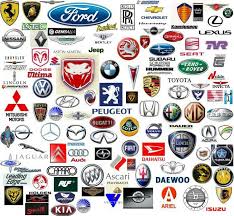
How did the Austin logo originate?
The logo of Austin, the iconic British car manufacturer, has evolved over the years to reflect the company's growth and identity. The early versions of the Austin logo were simple and elegant, featuring the brand name "Austin" in a distinctive font. This classic logo represented the company's commitment to quality and craftsmanship.
As the years went by, the Austin logo underwent several transformations to keep up with the changing times and design trends. In the mid-1930s, the logo was updated to incorporate a stylized "A" within a circular badge, representing the forward-thinking nature of the company.
In the 1950s, a new logo design was introduced, featuring a rectangular shape with rounded corners. The brand name "Austin" was displayed prominently in capital letters, emphasizing the company's name recognition and reputation in the automotive industry.
During the 1960s and 1970s, Austin's logo saw further modifications, aligning with the contemporary design aesthetics of the era. The rectangular shape was retained, but the font style and arrangement were updated to create a more modern and dynamic appearance.
In later years, as the Austin brand became part of British Leyland and subsequently the Rover Group, the logo incorporated elements to reflect the company's association with these larger entities. However, the core identity of Austin remained intact, symbolizing British automotive heritage and engineering excellence.
Today, the Austin logo continues to be an iconic symbol of British automotive history. While it has undergone various changes throughout its existence, the logo's evolution reflects the brand's adaptability and ability to stay relevant in a constantly evolving industry.
What are some of the significant
Austin models?
Austin has produced numerous iconic models throughout its history, showcasing both style and performance. From the early days of the company to its later years, Austin has consistently introduced cars that have left a lasting impact on the automotive industry.
In the early 20th century, Austin released the Austin Seven, a compact and affordable car that quickly gained popularity. It became one of Austin's most successful models and played a significant role in making motoring accessible to a wider audience. The Austin Seven also proved its prowess on the racetrack, winning numerous races and solidifying Austin's reputation for performance.
As the years progressed, Austin continued to innovate and introduced models that pushed the boundaries of performance. In the 1950s, the Austin-Healey 100 was unveiled, combining Austin's engineering expertise with Healey's sportscar design. This collaboration resulted in a series of high-performance sports cars that captured the hearts of driving enthusiasts around the world.
In the 1960s, Austin introduced the Austin 1800, a mid-sized sedan that offered a blend of comfort and performance. With its spacious interior and advanced features, the Austin 1800 became a popular choice for families seeking a practical yet exciting driving experience.
During the 1980s, Austin launched the Austin Montego Turbo, a model that embraced the era's fascination with turbocharged engines. With its turbocharged powerplant, the Montego Turbo delivered impressive acceleration and top speeds, catering to drivers seeking a thrilling driving experience.
In more recent years, Austin has continued to make waves with its high-performance models. The Austin Mini Cooper S, a modern interpretation of the classic Mini, offers nimble handling and spirited performance. The Mini Cooper S retains the charm and character of the original Mini while incorporating modern technology and engineering advancements.
Throughout its history, Austin has consistently demonstrated a commitment to producing models that prioritize both style and performance. From the early success of the Austin Seven to the modern-day Mini Cooper S, Austin's range of significant models showcases the brand's ability to evolve and adapt to changing market demands while maintaining its reputation for delivering exhilarating driving experiences.

One of Austin's Most Iconic Models
Who are some of the most important people in
Austin's History
Austin owes much of its success to the talented individuals who have contributed to its rich history. From visionary founders to skilled engineers and innovative designers, these individuals have shaped Austin into the iconic brand it is today.
One of the key figures in Austin's history is Herbert Austin, the founder of the company. Herbert Austin was a skilled engineer and entrepreneur who established the Austin Motor Company in 1905. With his engineering expertise and business acumen, he laid the foundation for Austin's success and led the company through its formative years.
Another notable figure in Austin's history is Sir Leonard Lord, who played a significant role in the development of the Austin Mini. As the chairman of the British Motor Corporation (BMC), Lord championed the creation of the Mini and oversaw its successful launch in 1959. His vision and leadership paved the way for the Mini's iconic status and its enduring popularity.
David Bache, an accomplished automotive designer, also left a lasting impact on Austin's legacy. Bache was responsible for designing several notable Austin models, including the Austin 1800 and the Austin Maxi. His innovative design approach and attention to detail brought a fresh and modern aesthetic to Austin's lineup, contributing to the brand's appeal.
In addition to these influential figures, Austin benefited from the contributions of numerous engineers, designers, and executives throughout its history. Their collective expertise and dedication to excellence propelled Austin's models to new heights and ensured the brand's longevity in the competitive automotive industry.
It is worth mentioning the skilled technicians and factory workers who diligently built Austin cars with precision and craftsmanship. Their commitment to quality played a crucial role in establishing Austin's reputation for reliability and durability.
From the visionary founders to the talented designers and dedicated employees, the people behind Austin have left an indelible mark on the automotive industry. Their passion, expertise, and innovative spirit have shaped the brand's identity and contributed to its success over the years.

One of the most influential people in the history of Austin
Austin's Racing History
Austin has a rich racing history that spans several decades. From the early years of motorsport to more recent competitions, Austin cars have showcased their performance capabilities and competed against other formidable opponents on racetracks around the world.
One of the significant milestones in Austin's racing history came in the 1920s when the company introduced the Austin 7, a small and agile car that became popular in motorsport events. The Austin 7 competed in various races, including hill climbs, endurance races, and circuit races, proving its prowess on different terrains and establishing Austin as a competitive racing brand.
In the 1950s, Austin made its mark in endurance racing with the Austin-Healey collaboration. The Austin-Healey cars, such as the iconic Austin-Healey 100 and later the Austin-Healey 3000, became renowned for their performance and success in endurance races like the 24 Hours of Le Mans. These powerful sports cars with their distinctive design and exhilarating performance captivated racing enthusiasts and solidified Austin's presence in the racing world.
Furthermore, Austin's racing legacy continued in the 1960s with the introduction of the Mini Cooper. The Mini Cooper, a high-performance variant of the classic Mini, made a significant impact in rally racing. The car's compact size, nimble handling, and exceptional manoeuvrability made it a force to be reckoned with in various rally competitions, including the famous Monte Carlo Rally. The Mini Cooper's success in rallying brought international recognition to Austin and solidified its reputation as a racing brand.
Austin's racing endeavors extended to Formula One as well. In the 1950s, the company's racing division, known as Austin-Healey, entered Formula One racing with the creation of the "SoliCar." This ambitious project aimed to develop a competitive Formula One car, but it faced challenges, and the car never raced in a Formula One Grand Prix. However, Austin's foray into Formula One showcased the brand's ambition and commitment to pushing the boundaries of motorsport.
Throughout its racing history, Austin demonstrated its engineering expertise and commitment to performance. The brand's participation in various racing disciplines, from endurance races to rally competitions, highlighted its ability to create cars that excelled in different racing environments. The success and achievements of Austin cars on the racetrack further elevated the brand's reputation and solidified its presence in the racing world.
Summary
Austin has left an indelible mark on the automotive industry with its rich heritage and innovative designs. With a history that spans decades, Austin has produced iconic cars that have captivated enthusiasts around the world.
Known for its commitment to quality craftsmanship and engineering excellence, Austin has introduced several significant models throughout its history. From the iconic Austin 7 in the 1920s to the beloved Mini Cooper in the 1960s, Austin cars have become synonymous with style, performance, and British motoring heritage.
With a strong focus on racing, Austin has showcased its prowess on the track, competing in various motorsport events and earning accolades along the way. From endurance racing to rally competitions, Austin cars have demonstrated their performance capabilities and left a lasting impression in the racing world.
Today, Austin's legacy lives on, as its classic models continue to be cherished by car enthusiasts and collectors. The brand's commitment to innovation, quality, and racing heritage has shaped its identity and cemented its place as an iconic figure in the automotive industry.
View Austin Car Specifications
More Manufacturer Histories.
